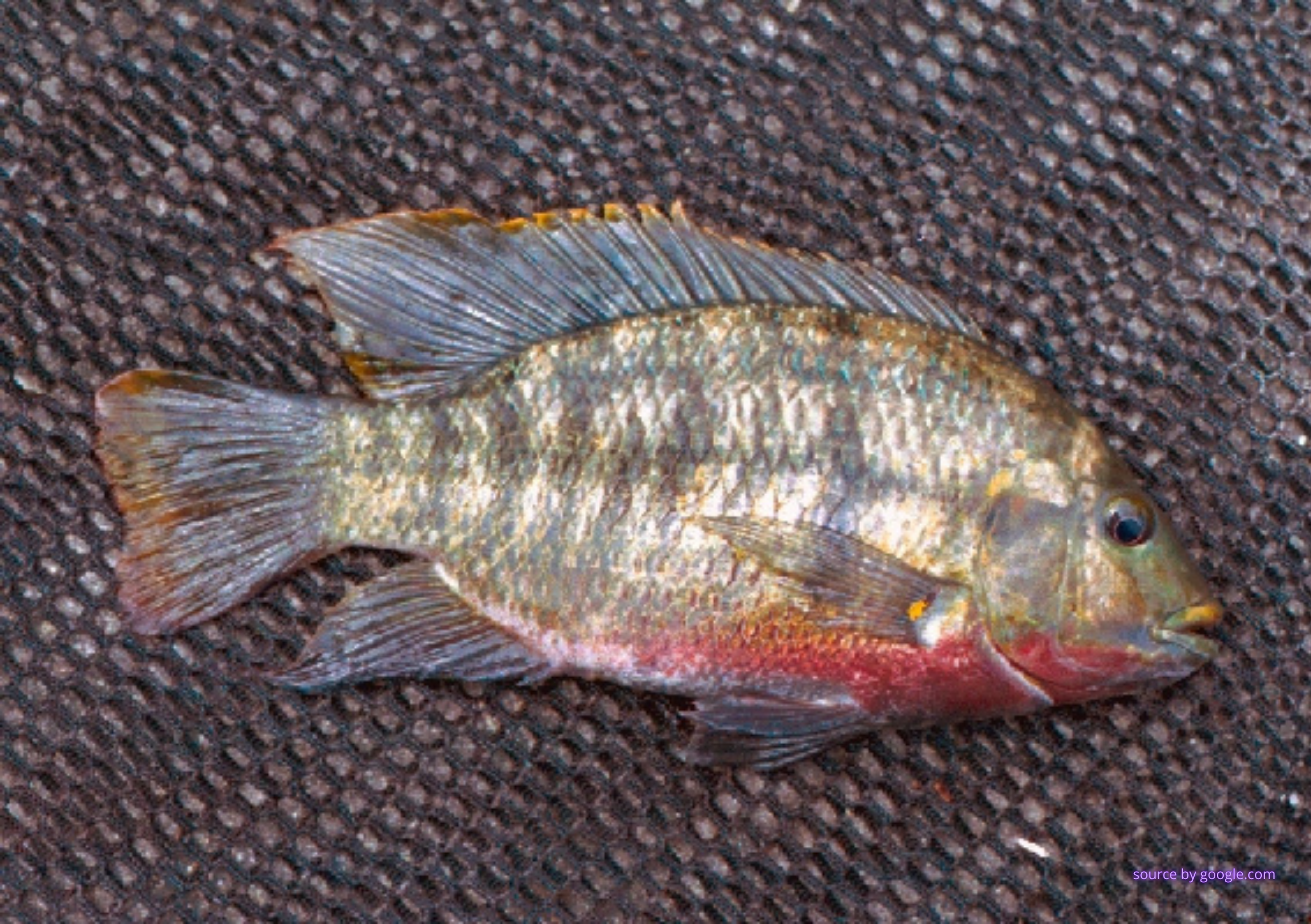Prevalensi Ektoparasit pada Kambing Kacang di Kecamatan Prambon Kabupaten Nganjuk
Downloads
The purpose of this research are to identify and prevalence of ectoparasite infestation in bean goats on the sub-district of Prambon, district of Nganjuk. The research was conducted from September until December 2019 with 115 samples of bean goats. The samples were identified in the Entomology and Protozoology Laboratory of Parasitology Department of the Veterinary Faculty of Airlangga University. This research use non-experimental method with survey study. This research found several kind of extoparasites that infestation bean goats, as follows: Bovicola caprae 24.3% the most infestation in dorsal region, Linognatus africanus 31.2% the most infestation in head-neck and dorsal region, Ctenocepallides felis 4.3%. Mix infestation found B. Caprae and L. Africanus 20.8%, B. Caprae and C. Felis 1%, B. Caprae, L. Africanus and C. Felis 1%. This ectoparasite usually found infestatio in head-neck, ventral, dorsal, inguinal, and ectremites. The prevalence of ectoparasites is 82.6% area at sub-district of Prambon, district of Nganjuk. The data analyzed using Chi-square test and Correspondence test. Statistically is no significant association (p>0.05) between the prevalence of ectoparasites that infested bean goats with types of stage and non-stage eclosure. This caused due to environmental conditions are dirty and many other livestock around the cage.
Beyecha, K., Kumsa, B., and Beyene, D. 2012. Ectoparasites of Goats in Three Agroecologies in Central Oromia, Ethiopia. J of Chompharative Clinical Pathology, 23 (1) : 21-28.
Daniel, G., Biruk, A., and Yakob, R. 2019. Prevalence of Small Ruminant Ectoparasites in and Around Hawassa, Ethiopia. J.Adv Multidiscip. 6(4):1-7.
Fthenakis, G.C. and Papadopoulus, E. 2018. Impact of Parasitism in Goat Production. J of Small Ruminant Research 163: 21-23.
Gopalakrishnan, A., Umesh, D., Abhijit, N., Yesudasan, A., Vivek, J., Ricky, J., and Yatoo, M.I. 2017. Prevalence study on Tick Infestations of Goat in Lower Shivalik Region of Uttarakhand. International Journal of livestock Research. (7):7.
Hastutiek, P., Sasmita, R., Sunarso, A., dan Yunus, M. 2015. Buku Penuntun Praktikum Ilmu Penyakit Arthropoda Veteriner. Fakultas Kedokteran Hewan, Universitas Airlangga. 1-15.
Manggi, R.G. 2014. Animal Health: Ectoparasites. J. of Agriculture and Food System. 315-326.
Mehlhorn, H. 2016. Ectoparasites (Arthtropods: Acari, Insekta, Crustacea). J of Animal Parasites, 499-662.
Mulyono, S. dan Sarwono, B. 2008. Penggemukan Kambing Potong. Penebar Swadaya. Jakarta. Hal 2-12.
Rashmi, A. and Saxena, A.K. 2017. Populations Levels of Phthiraptera Ectoparasite on the Goats in Rampurs (U.P.). J of Parasit Disease.
Shibeshi, B., Bogale, B., and Chanie, M. 2013. Ectoparasite of Small Ruminant in Guto-Gidda District, East Wollega, Wastern Ethiopia. J of Acta Parasitologica Globalis 4(3): 86-91.
Soulsby, E.J.L. 1986. Helminths, Arthropods and Protozoa of Domesticaated Animals. 7th ed. Bailiere Tindall. W.B.Saunders. England. 366-370.
Yadav, P.K, Rafiqi, S.I., Panigrahi, P.N., Kumar, D., Kumar, R., and Kumar, S. 2017. Recent trends in Control of Ectoparasit: A Review. J of Entomol and Zoology Studies. 5(2): 808-81.
- Every manuscript submitted to must observe the policy and terms set by the Journal of Parasite Science
- Publication rights to manuscript content published by the Journal of Parasite Science is owned by the Journal of Parasite Science with the consent and approval of the author(s) concerned
- Authors and other parties are bound to the Creative Commons Attribution-NonCommercial-ShareAlike 4.0 International License for the published articles, legal formal aspect of journal publication accessibility refers to Creative Commons Attribution-NonCommercial-ShareAlike 4.0 International License (CC BY-NC-SA)
- By submitting the manuscript, the author agrees to the requirement that the copyright of the submitted article will be transferred to Journal of Parasite Science as the publisher of the journal. The intended copyright includes the right to publish articles in various forms (including reprints). journal of parasite science retains the publishing rights to published articles.

































